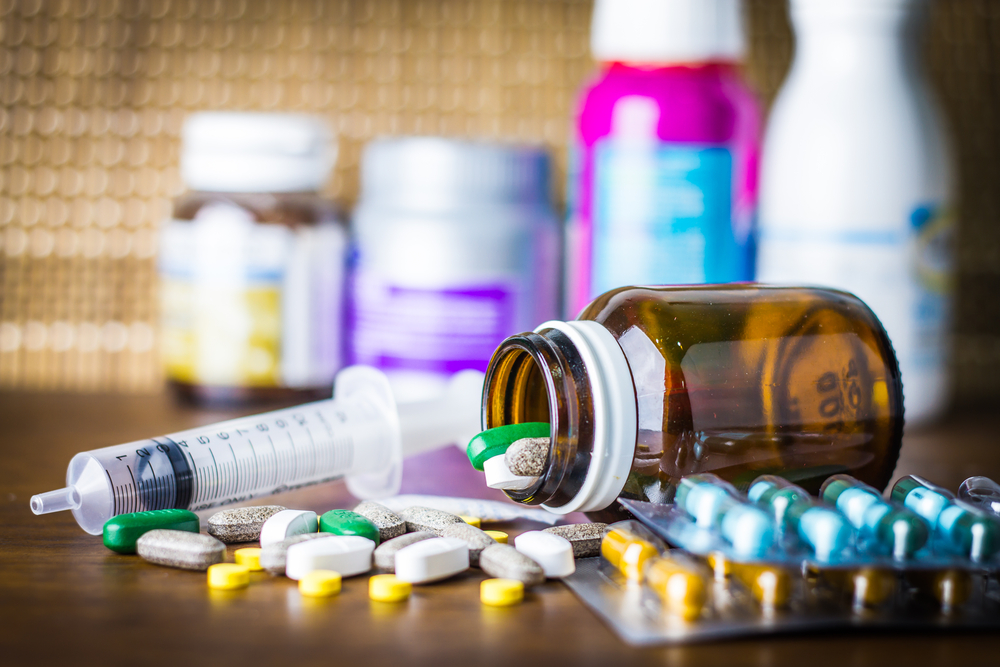SCD Patients Receiving Hydroxyurea in the U.S. Still Face Many Challenges
Written by |

People with sickle cell disease (SCD) treated with hydroxyurea in the U.S. still face many challenges, including the financial burden posed by their healthcare expenses, low treatment adherence and high treatment discontinuation rates, according to a study based on pharmacy claims data.
The study, “Treatment patterns and economic burden of sickle-cell disease patients prescribed hydroxyurea: a retrospective claims-based study,” was published in Health and Quality of Life Outcomes.
SCD is a rare genetic disorder caused by mutations in the HBB gene, which provides instructions for making hemoglobin, a protein responsible for transporting oxygen in the blood.
Hydroxyurea was the first medicine approved in the U.S. to treat adults with SCD. It works by boosting the production of hemoglobin F (also known as fetal hemoglobin), which carries oxygen in a developing baby but is largely lost in infancy. Compared to the adult form of hemoglobin, hemoglobin F is more effective at transporting oxygen through the body.
“HU [hydroxyurea] has been proven to effectively decrease the frequency of pain episodes and other acute complications in multiple randomized controlled trials,” the researchers said.
“Several studies that have examined the cost-effectiveness of HU support the advantages of HU use for clinical and economic benefits. Notably, studies have also shown that there is underutilization of HU among SCD patients, considering the significant efficacy of the drug,” they stated.
In this study, a researcher from Duke University, in collaboration with investigators from Novartis, carried out a retrospective study based on pharmacy claims data to evaluate real-world treatment utilization and assess the financial burden among those with SCD taking hydroxyurea in the U.S.
The study included data from 3,999 SCD patients with a mean age of 19, who had been prescribed with hydroxyurea from January 2009 through December 2013. Patients were identified and selected using the U.S. Medicaid Analytic eXtracts (MAX) population database.
To be included in the study, patients were required to have a health plan that provided continuous medical and pharmacy coverage in the six months prior to receiving their first prescription of hydroxyurea, and in a one-year follow-up period.
Several parameters, including participants’ demographic and clinical data, treatment patterns, overall health care utilization and its associated costs, were examined.
Almost three quarters (73.3%) of the patients included in the study were African American, and more than half (53.6%) had had a vaso-occlusive crisis (VOC) within the six months preceding their first prescription of hydroxyurea.
The most common comorbidities (accompanying conditions) observed among study participants included asthma (20.3%), acute chest syndrome (15.6%), upper respiratory tract infections (11.6%), fever (31.4%), infectious and parasitic diseases (20.0%), and constipation (12.1%).
In the year following their first prescription of hydroxyurea, more than half of the patients (58.9%) discontinued treatment and fewer than 50% continued taking the medication for more than 200 days (approximately seven months).
Moreover, less than half (48.7%) of the patients had a medication possession ratio (MPR, a measure of treatment adherence) of more than 50%, and only 22.3% had a MPR of more than 80%.
Specific reasons for discontinuation or poor HU adherence could not be ascertained in this study. However, a previous study carried out among younger SCD patients (age 12–18 years) showed that half the participants had low HU adherence, and that patients who were more concerned about HU-related adverse side effects were more likely to report lower HU adherence.
More than half of those included in the study (64%) were hospitalized at least once due to SCD complications during the follow-up period. The average length of stay at the hospital was approximately 13 days.
Each patient had a mean total SCD-related healthcare cost of $27,779 per year. Inpatient costs was the biggest contributor to their annual healthcare expenses ($20,128). This was followed by pharmacy costs ($4,656), outpatient costs ($2,399) and emergency room expenses ($579).




